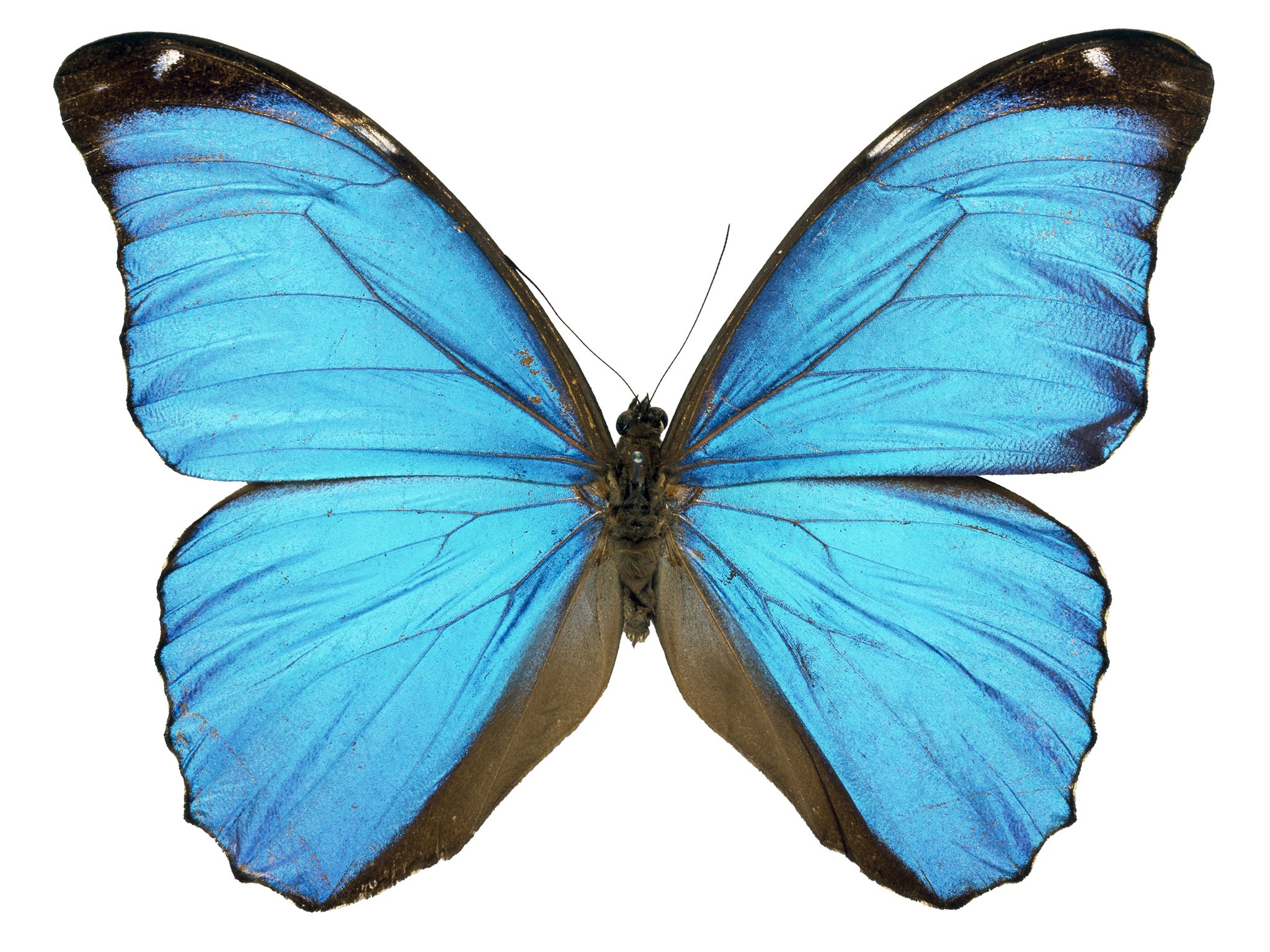Scientist grows butterfly wing in laboratory
Professor Parker hopes to find a way of making the microscopic structures in the insect’s wing which act like tiny prisms

Your support helps us to tell the story
From reproductive rights to climate change to Big Tech, The Independent is on the ground when the story is developing. Whether it's investigating the financials of Elon Musk's pro-Trump PAC or producing our latest documentary, 'The A Word', which shines a light on the American women fighting for reproductive rights, we know how important it is to parse out the facts from the messaging.
At such a critical moment in US history, we need reporters on the ground. Your donation allows us to keep sending journalists to speak to both sides of the story.
The Independent is trusted by Americans across the entire political spectrum. And unlike many other quality news outlets, we choose not to lock Americans out of our reporting and analysis with paywalls. We believe quality journalism should be available to everyone, paid for by those who can afford it.
Your support makes all the difference.The brightly iridescent colours seen in the wings of some insects could one day be used in paints and cosmetics, according to a scientist who has managed to grow the wing of a tropical butterfly in a laboratory for the first time.
Professor Andrew Parker, of the Natural History Museum in London, grew a wing of the blue morpho – distinguished by its metallic-blue wings – from embryonic wing scales. He hoped to find a way of making the microscopic structures in the insect’s wing which act like tiny prisms, splitting light into different colours.
“Conventional pigments work by absorbing some wavelengths of light and scattering others. But the wings of the blue morpho contain transparent structures that refract light in a way that gives it its vivid colouration,” Dr Parker said.
Join our commenting forum
Join thought-provoking conversations, follow other Independent readers and see their replies
Comments